Standing on the platform in Shinjuku Station in Tokyo and seeing the Express train go through was proof enough that it deserves the praise lavished on it. The Express really does go through like a bullet: blink and you’ll miss it. This sleek, slim, beautifully designed train is simply incredible.
Tokyo to Kamikochi
And I’m about to board it. We are leaving Tokyo on the Limited Express and heading to Matsumoto and then onwards by local train to Shima Shima before boarding the bus to the village of Kamikochi in the Chubu Sangaku National Park, otherwise known as the Japanese Alps.
Kamikochi is a moderately developed village surrounded by snow-capped mountains, with half a dozen hotels, some souvenir shops, and a few mountain huts. Over the next few days, my friends Ken and Steve and I shall be walking the many trails laid out through the pine trees and along the fast-flowing rivers of turquoise snowmelt. The area is only open from mid/late April until November, it stands 1500 meters above sea level and is home to the active volcano Yakedake (2455 m).

Interior of Train – Mari Nicholson
The train experience far exceeds my expectations, with carpeted floors, roomy recliner seats, and a quiet trolley service. The big surprise is the attendant who comes along about every hour or so with individually packaged, cold wet wipes which she hands out to everyone. Not only that but the wet towels are collected afterwards, so no unpleasant wipes are left hanging around.
From the train windows, we see suburbs of small-holdings each with a small paddi-field, aqueducts, huge electronic towers, and always, gardens filled with pink azaleas, irises and hydrangeas in full bloom along with the ubiquitous bonsai.
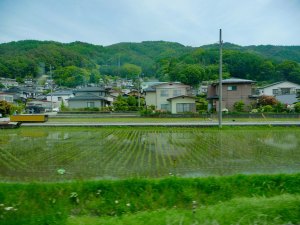
Rice-planting from road to railway track – Mari Nicholson
A taxi from Kamikochi bus station takes us to the Imperial Hotel, a rustic Alpine-style building, located just below the mountains in the midst of sweet-smelling pines. Off to the side of reception is a bar in which an enormous open fire sits in the middle of the room, around which, I later found, the hotel clients relaxed and chatted after a day’s hiking Our rooms are delightful and we decided to quickly explore the hotel’s facilities and then go for a stroll along the Azusa river which meanders its way through the valley.
Three days later and we feel we never want to leave Kamikochi. It is the tail-end of the Japanese spring so we are too early for the yearly breathtaking display of Japanese Azaleas (the Rhododendron japonium) and Sagisuge (Eriophorum gracile) that flower during the summer. In late autumn they are equally attractive as they then sport a coating of fine, white frost.
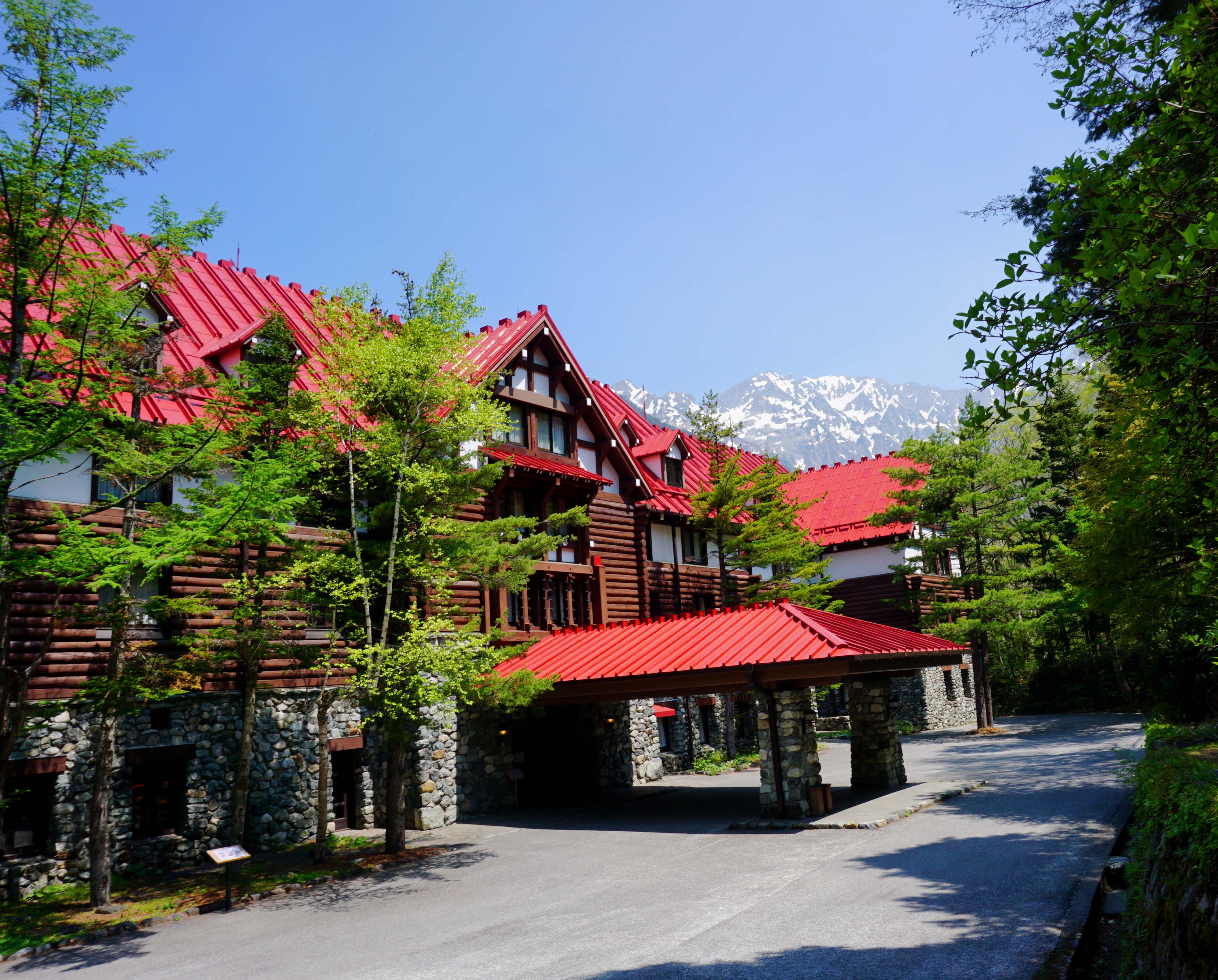
The area of Kamikochi is simply stunning with an amazing variety of bird life whose sweet song hangs in the air from morning till night. Wild macaques (they do not interfere with visitors because people are careful not to feed them) play on the paths in family groups and among the trees along the river. As we stroll along, the babies peek from their mother’s arms with big black eyes.
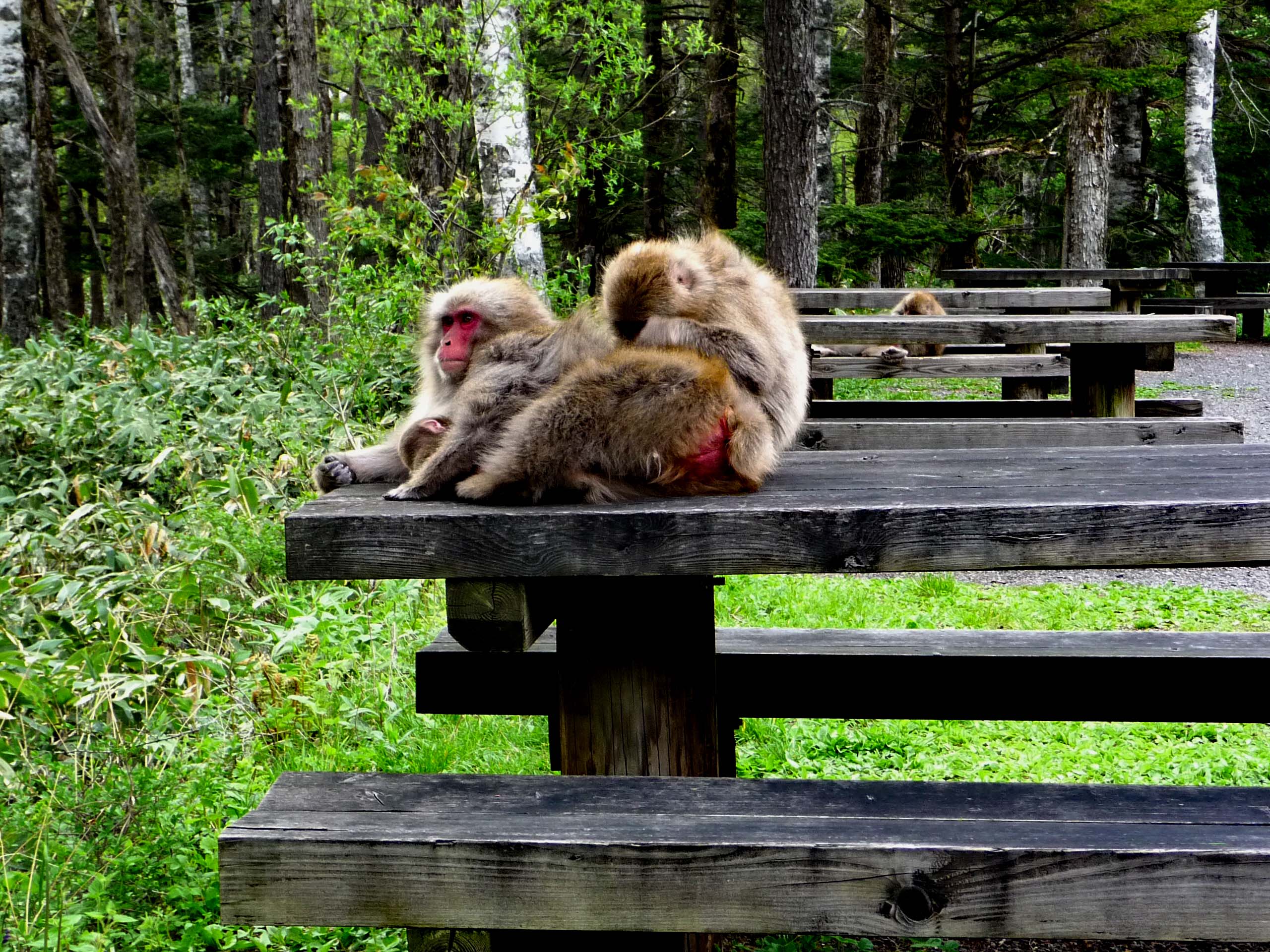
Sometimes, “if you go down to the woods today, you’re sure of a big surprise” in the form of a big, unfriendly, black bear. Not to be trifled with, or approached, walkers and hikers are advised to carry a bell attached to their backpacks so that the ringing of the bell as you walk, informs the bear of an approaching human. We purchased ours on arrival and were glad we did when we came across the sign that informed us that a black bear had been sighted just a couple of days before our arrival!
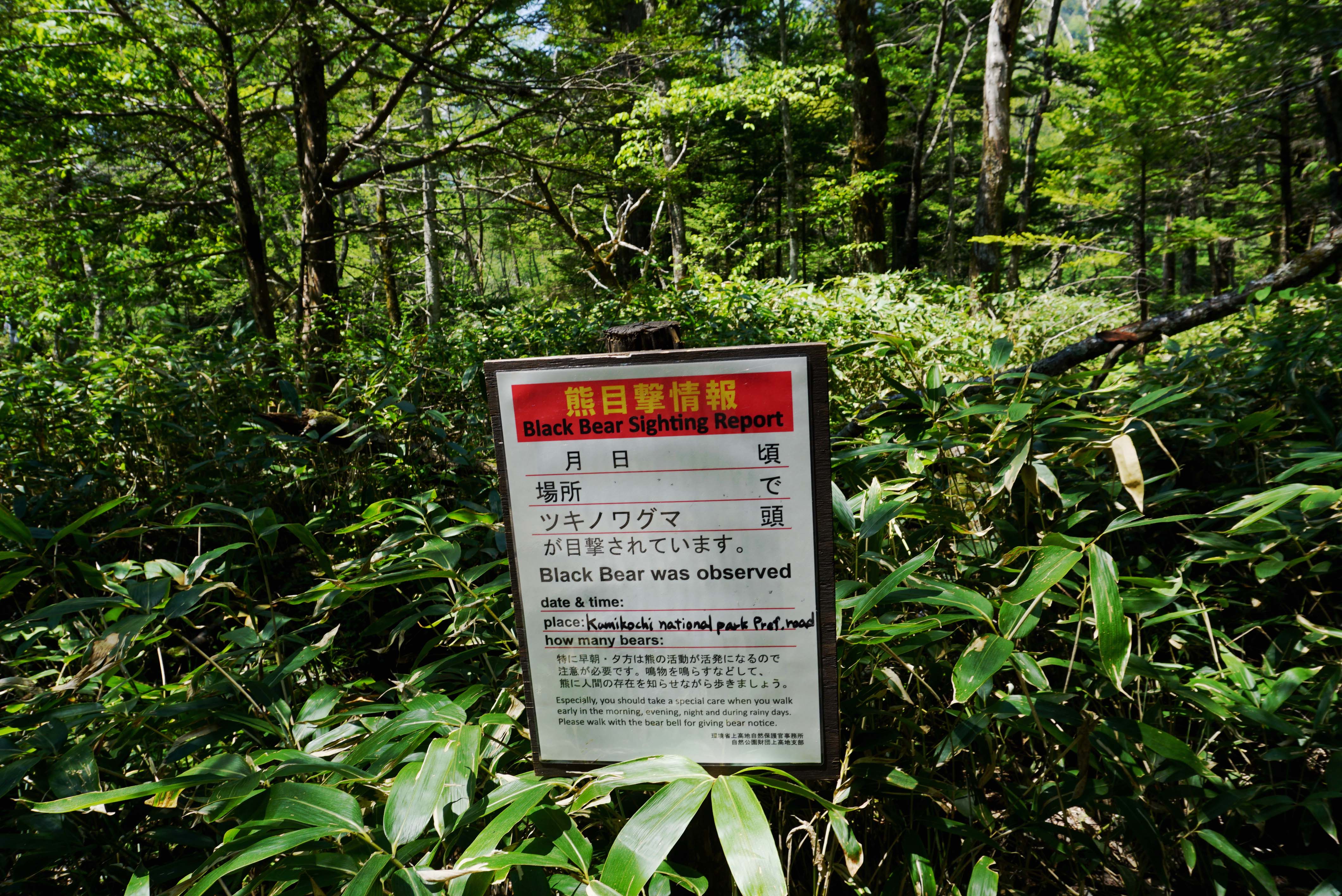
For non-walkers, the local area is safe and accessible, and there are natural hot spring baths for those who fancy the Japanese custom of sitting in a tub with other people. There are well-posted trails ranging from easy rambles to more serious hikes, and treks to the high peaks which surround the valley.
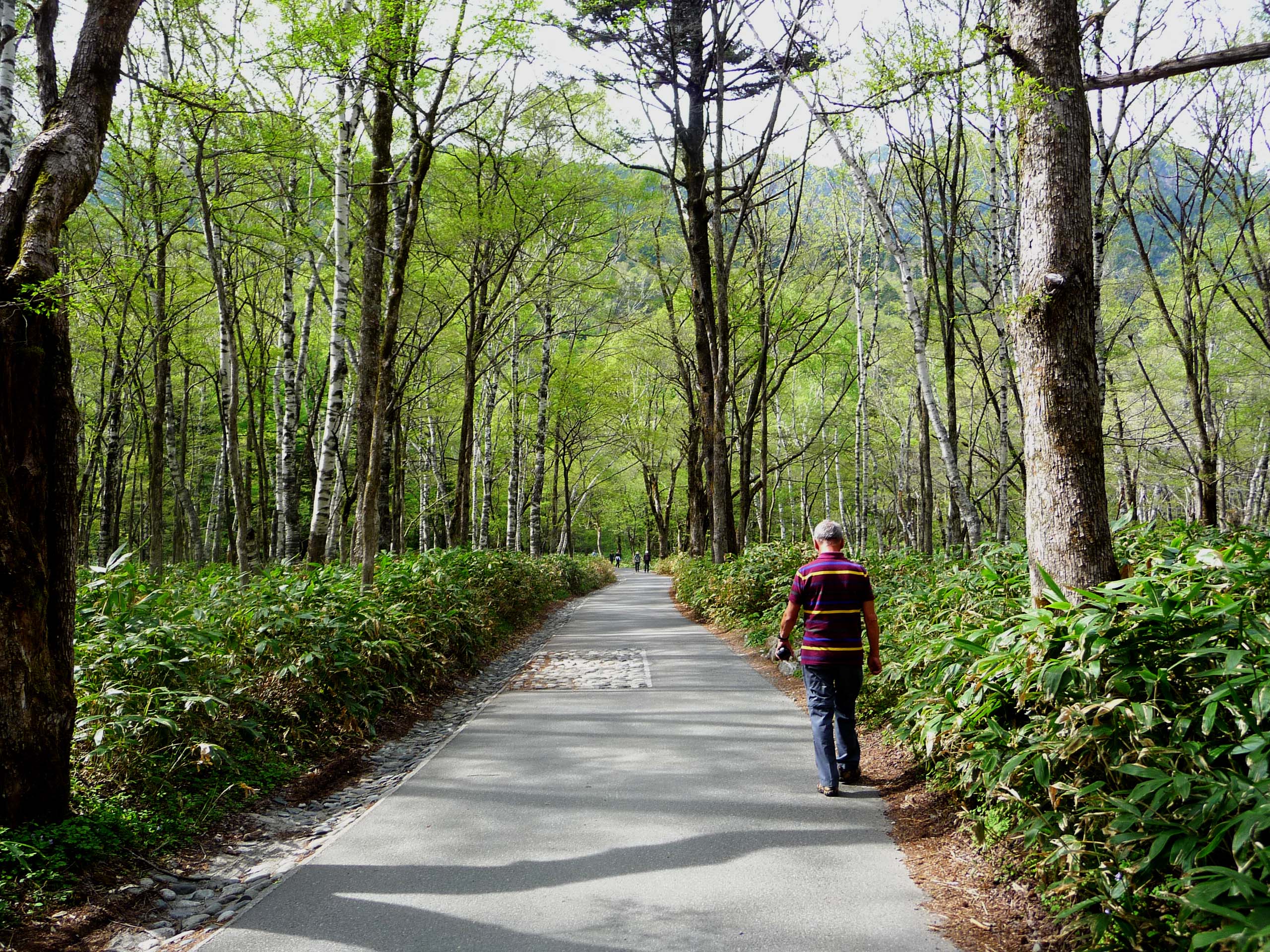
![]()
This area was discovered by a British missionary, the Reverend Walter Weston (1861-1940) who arrived in Japan aged 27. He mapped the area, sparking Japanese interest in Western-style mountaineering as a sport and he popularised the term ‘Japanese Alps’ through his work “Mountaineering and Exploring in the Japanese Alps (1896)”.
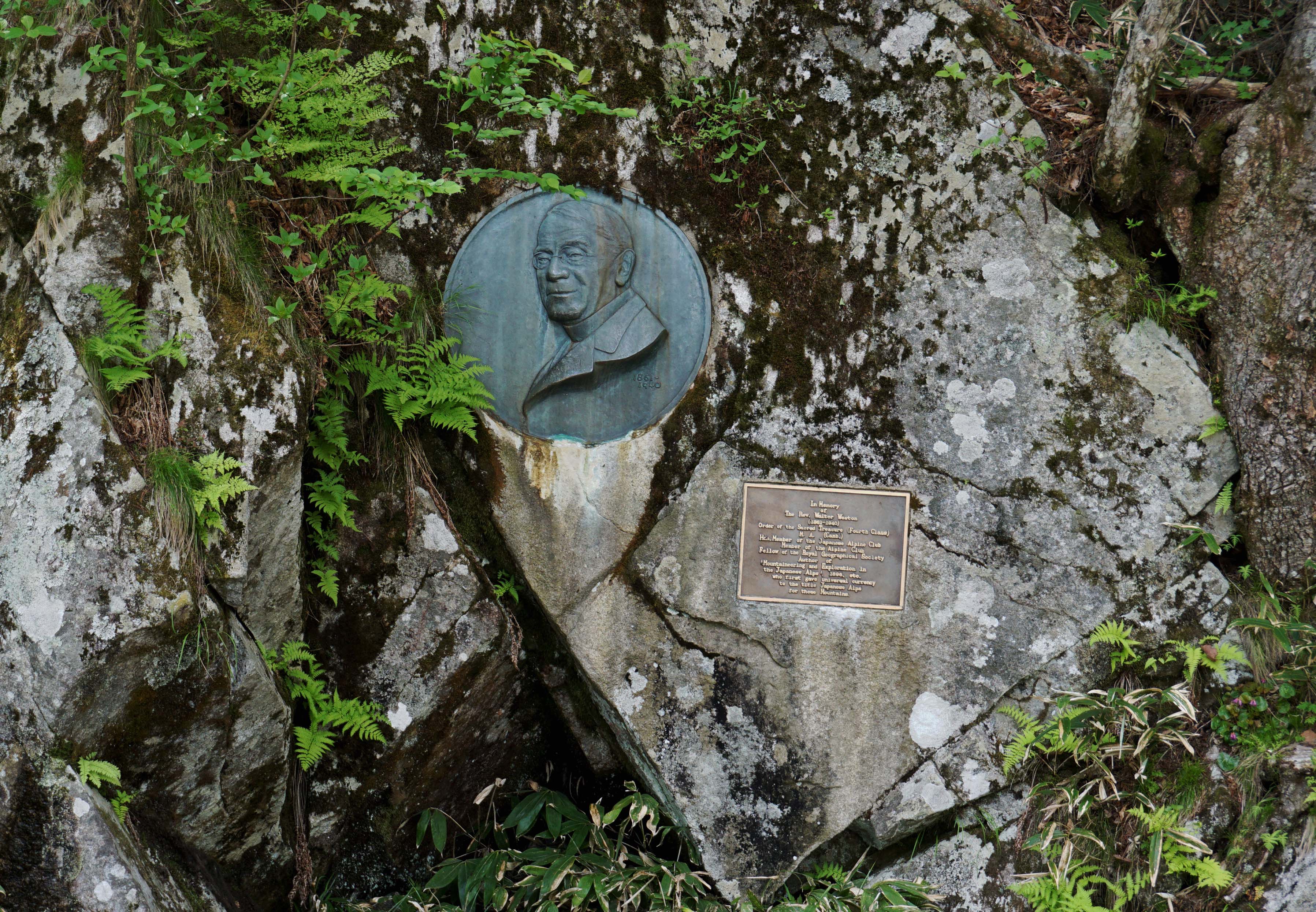
Plaque to Rev. Weston on Azusa River – Mari Nicholson
He is known as the Father of Mountain Climbing in Japan, and a plaque has been erected in his honour set into the rock on the west side of the Azusa River, just north of the Onsen Hotel. On the first Sunday in June, the Weston Festival is held to celebrate the opening of the mountain-climbing season.
Walking in Kamikochi
The simplest way to enjoy a day in Kamikochi is by walking or hiking one of the trails along Azusa River from Taisho Pond to Myojin Bridge. This is mostly flat terrain and is suitable for all levels of fitness, requires no walking or hiking experience and will only take a few hours – perfect for the less experienced hiker or walker. No need for hiking boots or specialist footwear, normal trainers will do for these sort of walks.  A pleasant one-hour stroll is along the Azusa River from Kappa Bridge (see below) to an area called Myojin where there are several lodges and a few shops.
A pleasant one-hour stroll is along the Azusa River from Kappa Bridge (see below) to an area called Myojin where there are several lodges and a few shops.
Myolin Pond actually consists of two linked ponds, one large, one small, filled with crystal clear water. It is a place where walkers like to pause and sit awhile, listening to the soft swish of the bamboo along the lakeside, admiring the reflection of Mt. Moyjndake in the waters, and the birds that sit on the rocks in the pond. 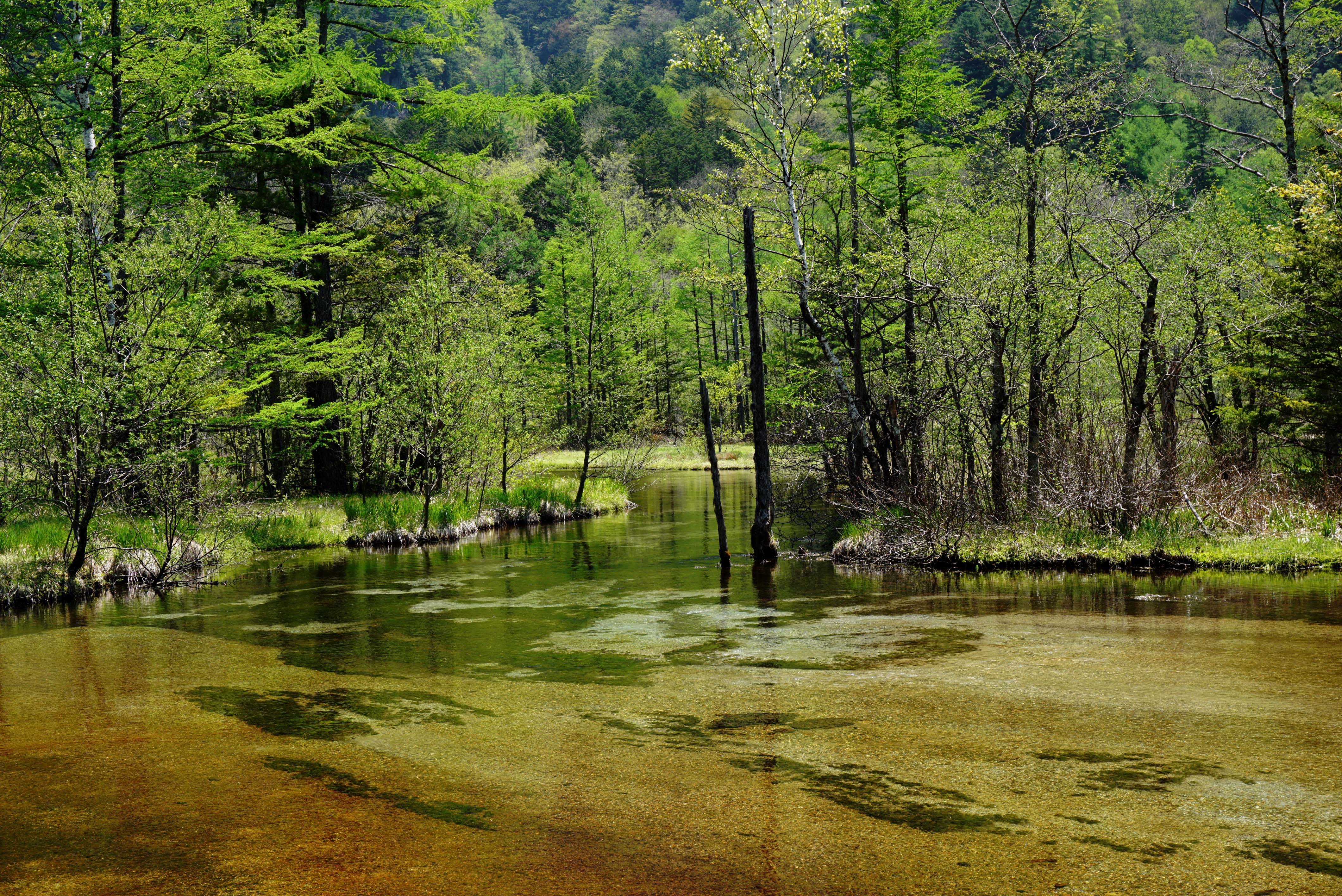
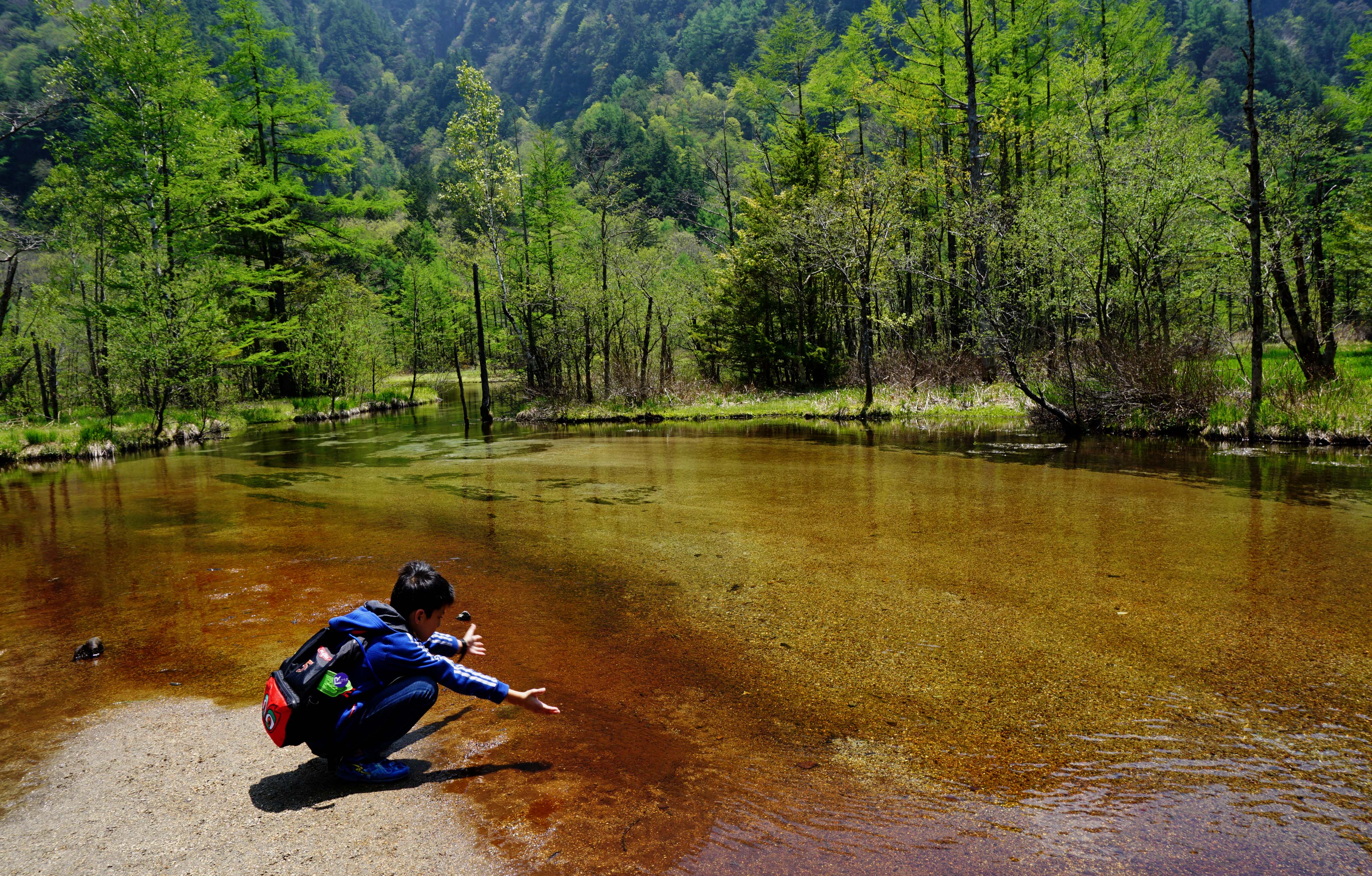
Tashiro Bridge is the starting point of Nishi-Hotaka Mountain trekking course. From here it takes about 20 minutes to walk to Kappa Bridge, 40 minutes to Taisho Pond and 5 minutes to the Weston Memorial.

Kappa Bridge

Kapps Bridge with Weekend Tourists – Mari Nicholson
Fifty minutes from Myolin is the famous Kappa Bridge, from which hiking trails lead up and down the valleys and towards the mountain summits. Along these trails, markers indicate the best bird-watching points where wagtails, Japanese bush warbler, Japanese robin, flycatchers, Arctic Warbler, Horsfield’s hawk cuckoo, willow tit, nuthatch, wren, pygmy woodpecker, and others too numerous to list can be seen.
The Kappa-Bashi is a 36.6 x 3.1-metre wooden suspension bridge over the Azusa-gawa river in the centre of Kamikochi, not far from the bus terminal. Several hotels, restaurants and souvenir shops can be found here. With the Hotaka Mountain Range in front and volcanic Mt. Yakedake billowing white smoke in the south, Kappa-Bashi’s stunning views from the bridge makes this one of the most scenic spots in the town, hence its popularity.

The Visitor Centre in Kamikochi – Mari Nicholson
The more experienced walker will enjoy the climbs in the surrounding peaks, following one of the many delineated trails. These are more challenging and are only recommended between mid-June and mid-September. If you are new to the area, you should be aware that the treeline of Kamikochi continues up to 2500 metres which takes the hiker into a craggy world of rocks and cliffs where, even in good weather, climbing can be extremely dangerous. These peaks should be tackled with great care, especially if there is wind or rain, as the rain on the high crags can be intense and has been known to continue for several days, leaving hikers on the verge of hypothermia. Every year there are accidents and people lose their lives in the mountains.

Resting Awhile – Mari Nicholson
A 3-hour walk from Kappa Bridge is Yokoo, the climbing base for many of the 300-metre mountains in the Japanese Alps, including Yarigatake, a tranquil place and perfect for walking. There is a mountain lodge in the area for overnight hikers.

Fast-Flowing Rivers of Snow Melt – Mari Nicholson
And I just can’t resist one more picture of mother and baby macaques, part of the family we encountered on one of our walks through and along the river. The soulful expression on the face of the mother, and the tiny baby peeking out from under her fur is as tender as you’ll get in any ‘mother-love’ picture.

Mother and Baby by Steve Moore.
The whole area of Kamikochi is covered with virgin forests of birch, Japanese larch trees, and Japanese hemlocks. In June, the young leaves of birch trees are so beautiful that they attract many tourists to what is called the “light green mist”. Generally, the foliage is at its peak in October and attracts visitors who come to admire the wonder of it.
I’ve seen it in spring and part summer, now I want to experience this delightful spot in the Japanese Alps in the autumn. I know where I shall be heading next time I’m in Japan.
Points of Interest in Kamikochi
Taisho Pond (Taishoike) was formed in June 1915, when an eruption of the nearby volcano Yakedake dammed Azusa River and created the pond. Decayed trees, standing in the pond, provide a special sight. It is a small pond surrounded by marshland located along the hiking trail connecting the Kappabashi with Taisho Pond. This pond never freezes over completely due to the spring waters underneath.
Kamikochi Imperial Hotel Built in 1933, is the most prestigious accommodation in Kamikochi, offering a combination of mountain lodge atmosphere and first class hospitality services. The food was the best we had in Japan, with very fresh lake fish every day on the menu.

The Takezawa Marsh, a 5-10 minute walk from the Kappabashi along the trail towards Myojin Pond, is one of the most scenic areas of Kamikochi.
Myojin Pond can be reached in about a one hour walk from the Kappabashi.
Kamikochi Visitor Center Open daily from 8:00 to 17:00 (free admission), the visitor centre introduces the geography, geology, fauna, flora and folklore of Kamikochi and provides information to mountain climbers. Booklets available and
How to Get There
From Tokyo, two trains get you to Matsumoto, the JR Nagano Shinkansen to Nagano. From Nagano, take the Shinonoi Line to Matsumoto. The other option is the JR Chuo Line, slower than the Shinkansen, but it takes you to Matsumoto from Shinjuku Station. At Matsumoto, take the Matsumoto Dentetsu Railway to Shin-Shimashima, this is as far as you can go. From here, a bus, or a taxi will take you to Kamikochi.
Visitor Centre in Kamikochi: Phone: 0263 95 2606
Hours: 8:00 to 17:00, mid-April to November 15, free admission
7:00 to 18:00 July 20-August 20
Closed November 15th through winter
Climate
The temperature in Kamikochi is 5 to 10 ℃ lower than Matsumoto and in late autumn it sometimes falls below freezing point. Winter clothes are recommended from mid-October to early May when snow may be encountered, and carry rain wear at all times because it rains a lot in the Kamikochi mountains.
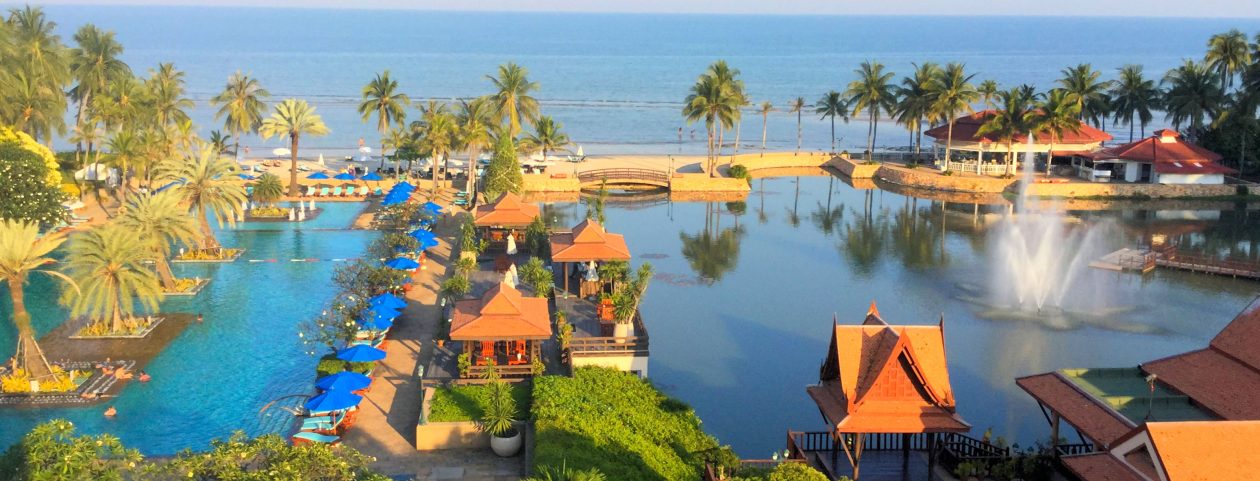







Great photos and descriptions of what I agree with you is a really special place, even though we didn’t see it at its best. I too would love to return and hope to see more of the mountains. Your hotel looks lovely. Was it at Kappa-bashi or is it the one near Taisho-Ike perhaps? If the latter, we had coffee there to get dry after our walk!
LikeLike
Forgot to mention how cute your macaque photos are!
LikeLiked by 1 person
Do you know I can’t remember where our hotel was but it was within walking distance of both Kappa-Bashi and Tsaio-Ike. I have a feeling it was nearer Kappa-Bashi perhaps because when we were working out our itinerary, the boys were making sure there was a village nearby for me to spend time in – not that there was that much to see there but the museum and the wildlife section of the tour place were interesting.
LikeLiked by 1 person
I would love you to. Thank you for asking, and I’m so pleased you like it.
LikeLike
I could be so happy walking there 🙂
I’ve looked for your blog a time or two and this is the first I’ve been able to find it. Could I feature this in my Monday walks, do you think?
LikeLike